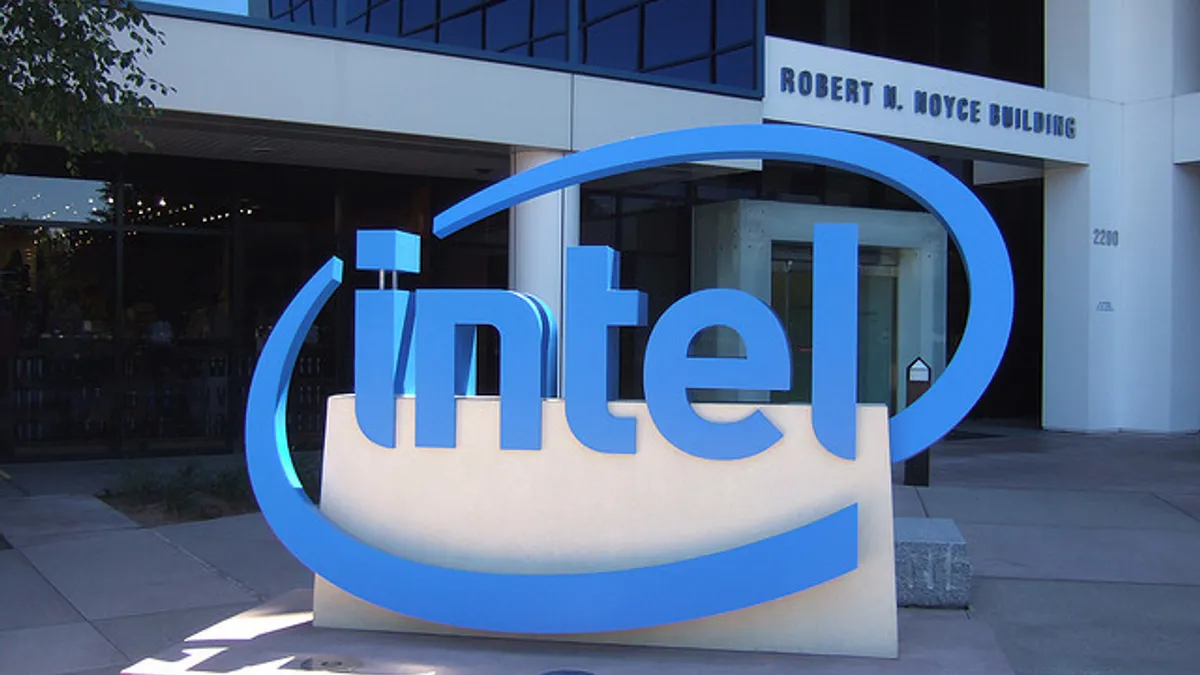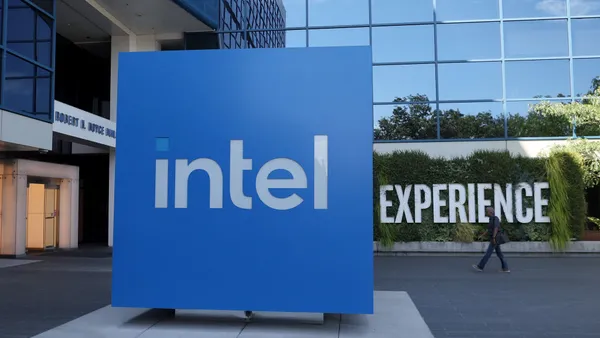Dive Brief:
-
Moore’s Law is still relevant and important, according to Stacy Smith, executive vice president leading manufacturing, operations and sales for Intel Corporation.
-
While many have dismissed Moore’s Law — which purports to make products less expensive and more capable every year — Smith says Intel’s ability to advance Moore’s Law is the company’s core competitive advantage.
-
"Moore’s Law democratizes computing. It’s a pretty powerful law of economics: It says that by advancing semiconductor manufacturing capability at a regular cadence, we can bring down the cost of any business model that relies on computing," Smith pointed out in a blog.
Dive Insight:
Fifty years ago, Gordon Moore, co-founder of Intel, predicted computer power would double every two years as silicon chips became smaller and more efficient. Until a few years ago, Intel kept pace with that prediction, reducing the size of its chip designs just about every two years. But physics dictates that computer chips can only get so small. While Smith agrees a physical limit is possible, he also says "we don’t see that point on our horizon."
Intel will release a new chip this year, created at 10 nanometers, down from the 14 nanometers available in its current chip set.
Smith echoed comments made in January from Intel CEO Brian Krzanich. "Moore’s Law is alive and well and flourishing," Krzanich said to a crowd at CES. But Krzanich also admitted Moore’s Law may take a little longer than originally projected. Rather than doubling computing power ever two years, the rate is now every two-and-a-half years.
Although Intel is pursuing several new business areas as chip sales slow, the company also wants to stay true to its heritage as a chip manufacturer. But the company is also working to pursue advancements in other areas, such as artificial intelligence and autonomous vehicle technology.













